

Chittorgarh Fort is renowned as the Water Fort. About forty percent of the fort is covered with water bodies in the form of ponds locally known as talabs, wells or, kunds and step wells or baories. Originally eighty four water bodies were built within the seven hundred hectares of the fort area. At present only twenty two water bodies sustain.
Any reservoir on an average will take one up to two meters below surface. Together the water bodies present in the Fort of Chittorgarh can store up to four billion liters of water which is sufficient last for an entire year. It can quench the thirst for fifty thousand lives for a span of four years.
The Gaumukh Reservoir, one of the eighty four water bodies of the fort is filled with water to this day. The nomenclature refers to the cow shaped mouth which serves water to the reservoir. The Gaumukh kund is admired by the visitors as the ‘Tirth Raj’ of Chittorgarh. It is believed that after touring various holy places in India, Hindus need to visit the Gaumukh Kund in Chittorgarh to complete their holy journey.
Water incessantly flows from the cow shaped mouth into the kund or the reservoir. The kund is considered to be a natural spring. The origin of the water is possibly an aquifer. As per hydrogeology, at some places beneath the surface of the earth, layers of permeable rocks, sand and silt can have water reserve. This stored water creeping out into the surface of the earth results in formation of aquifers.
A Shivling and an icon of Goddess Lakshmi adorn the base of the Gaumukh where the water falls. Numerous fishes dwell in this reservoir. Although feeding fishes is considered auspicious in Hinduism, however, fishes in the Gaumukh Reservoir are fed by most of the tourists irrespective of religious bent.
During the three famous sieges when the enemy troops cut down the essential supplies to the Chittorgarh Fort, The Gaumukh Reservoir served water to the inhabitants for days together.
The reservoir can be located near the Samadheswar Temple inside the Chittorgarh Fort. It is advised to be cautious of the steep staircases of the reservoir.
Monuments in Chittorgarh resonates with stories of Rajputana bravery, pride and passion. The bards of Rajasthan sing tales of courage and sacrifice recounting stories that are known to every child and adult in the city. Chittorgarh is named after its most imposing structure, the Chittorgarh Fort which stands atop a 180 metre high hill and is spread across 700 acres. Chittorgarh Fort has had a tumultuous past. This bastion of the Rajputs has faced violent attacks thrice in its entire history. The first was in 1303 when the Sultan of Delhi, Ala-ud-din Khilji, who was enamoured by Queen Padmini, launched an attack to abduct her. More than two centuries later, in 1533, it was Bahadur Shah, the Sultan of Gujarat, who caused immense destruction. Four decades later, in 1568, Mughal Emperor Akbar attacked and seized the fort. It was finally in 1616, under the rule of Mughal Emperor Jahangir that the fort was returned to the Rajputs.
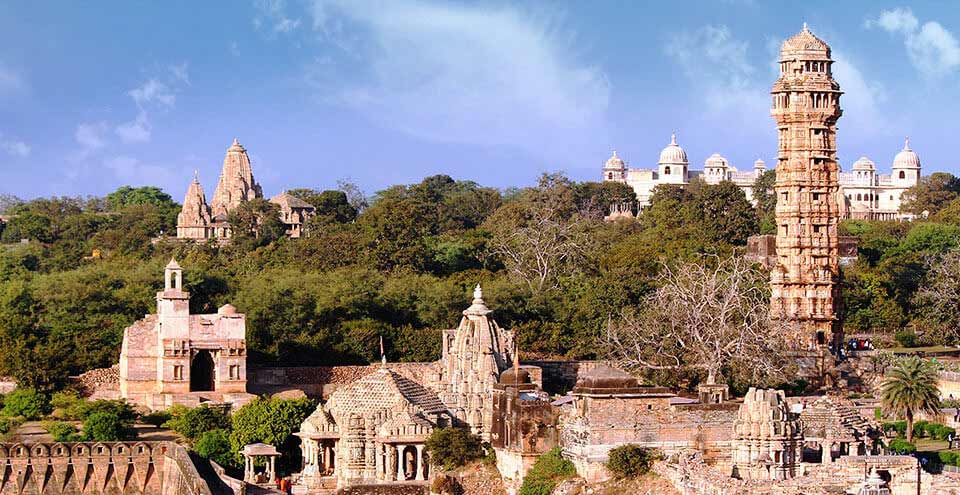
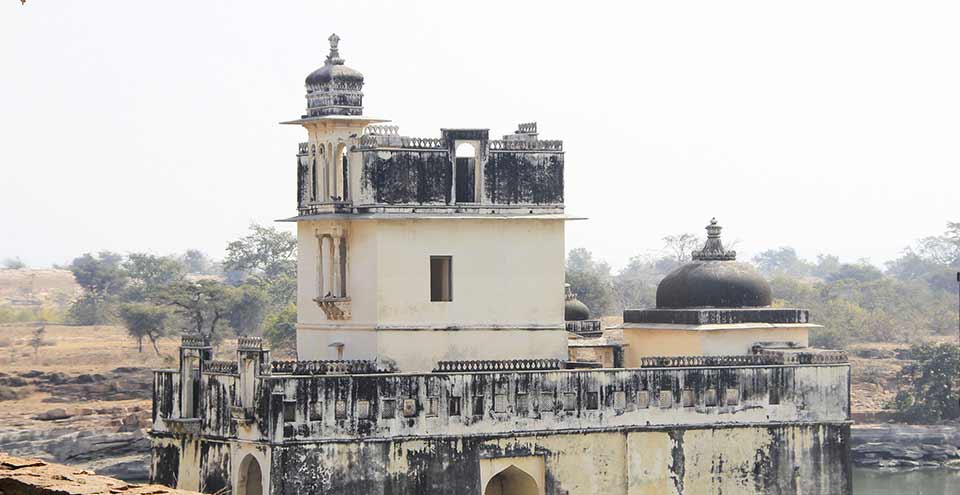
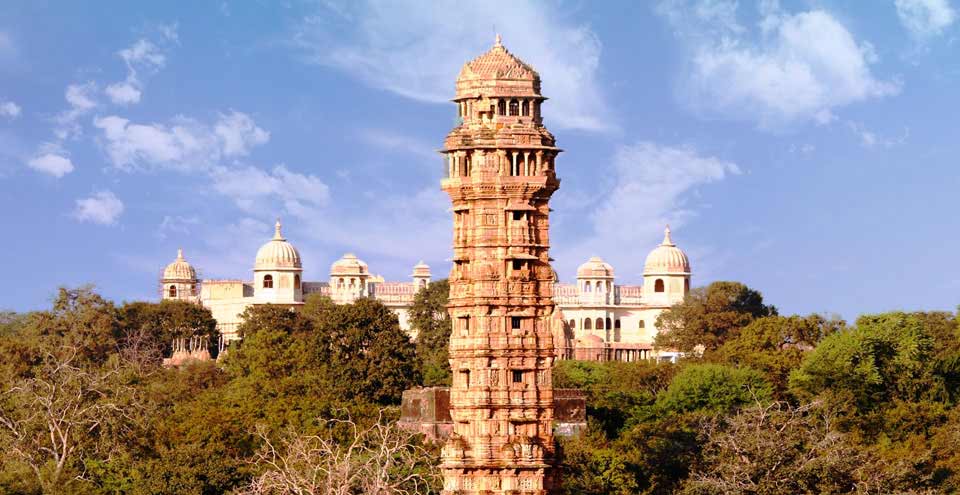
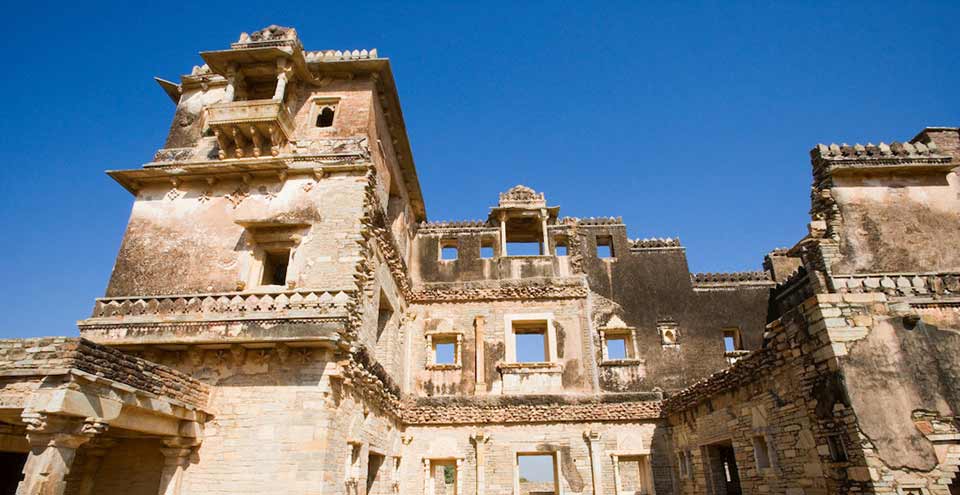
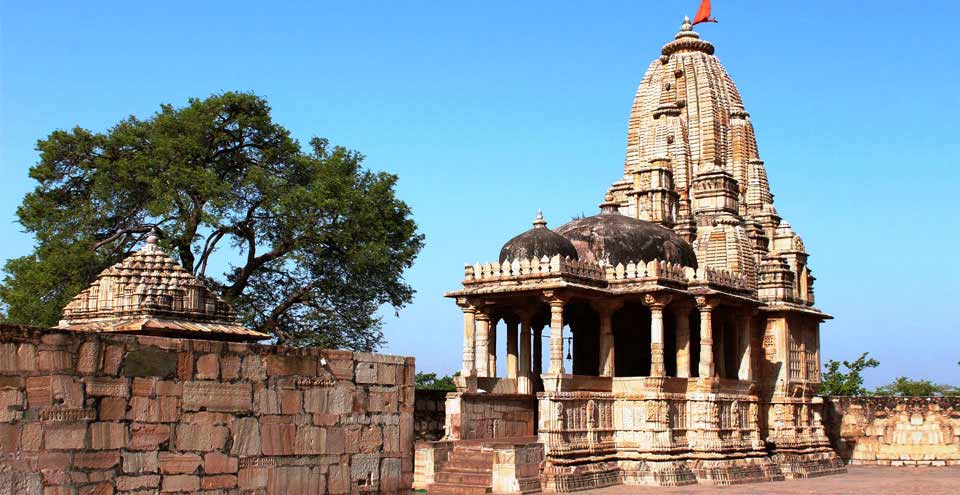
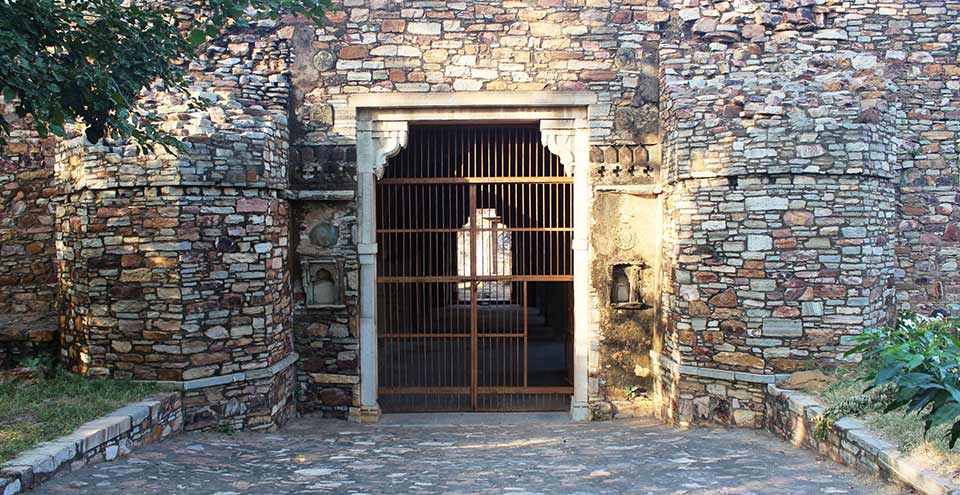
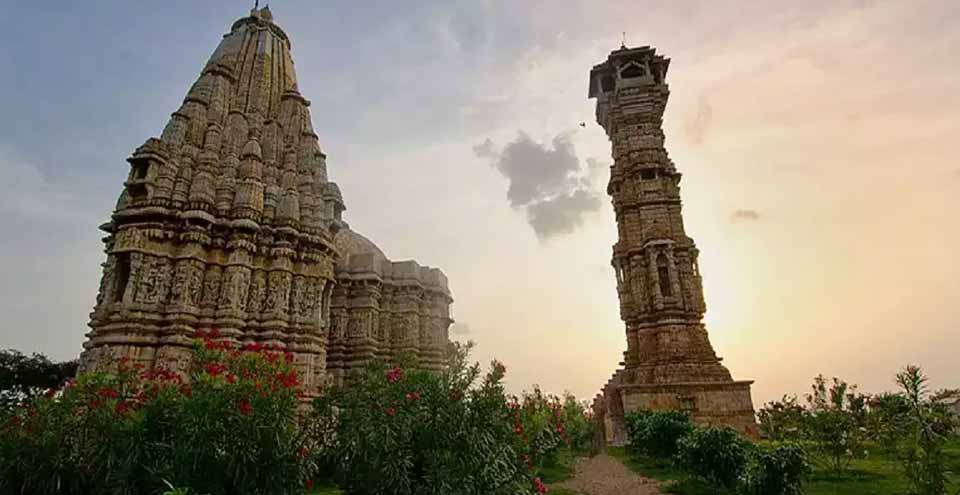
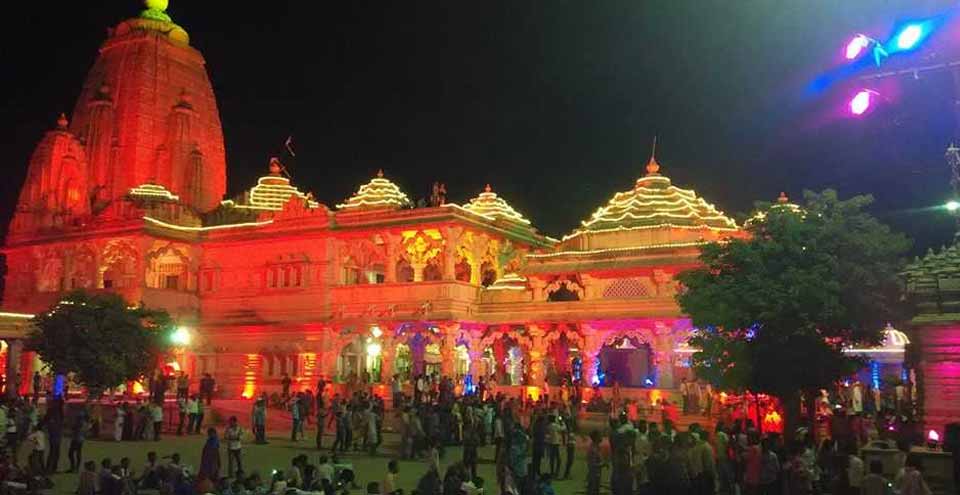
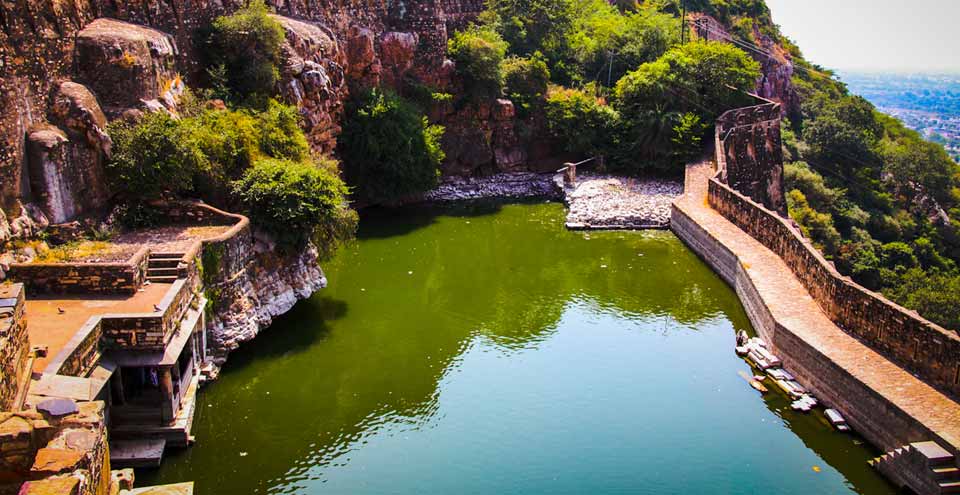
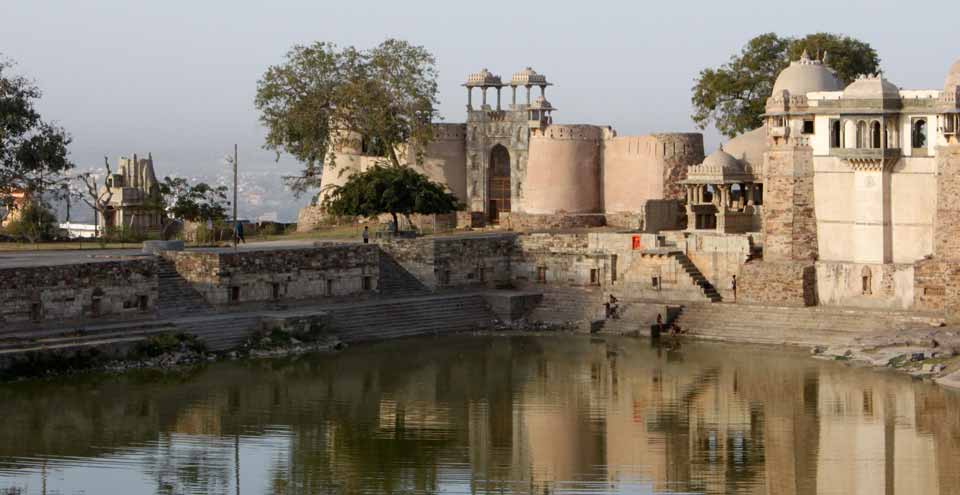
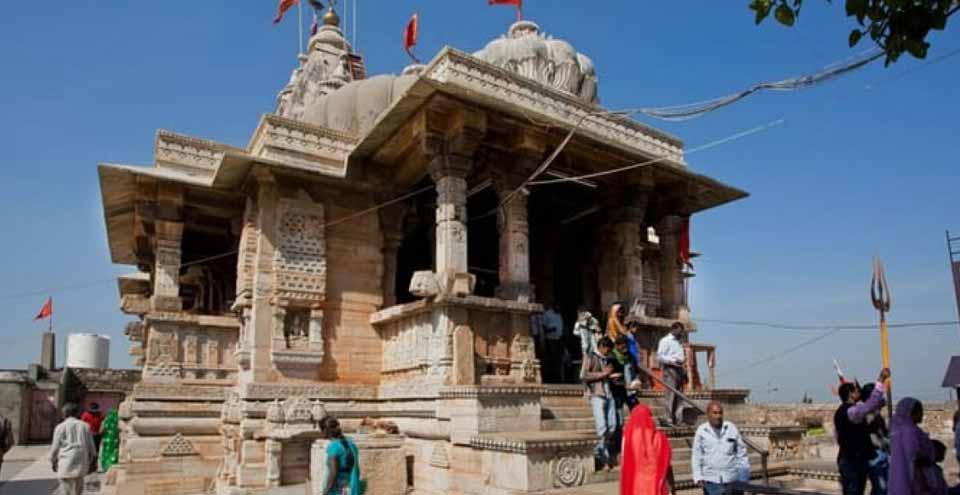
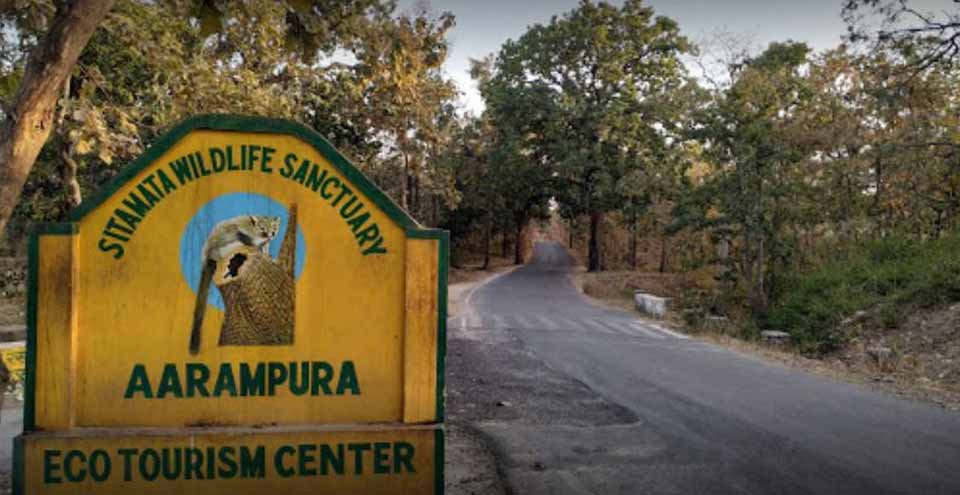
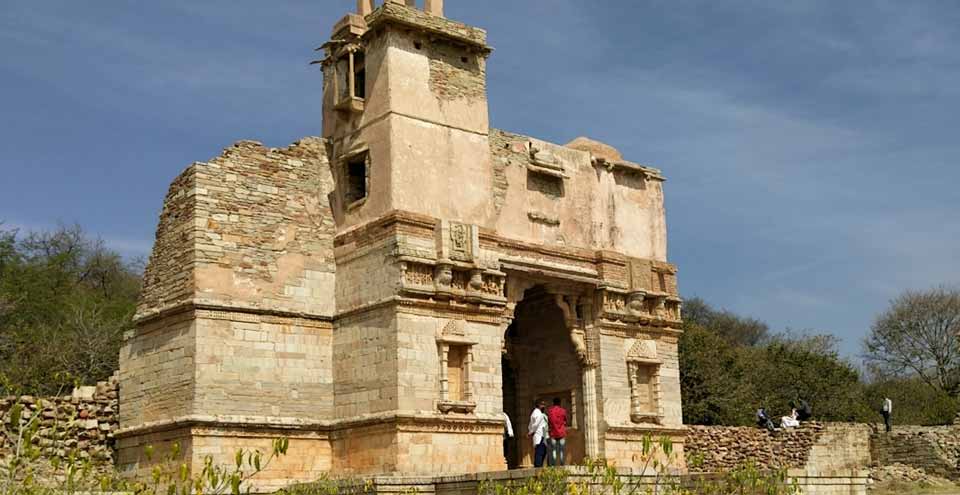
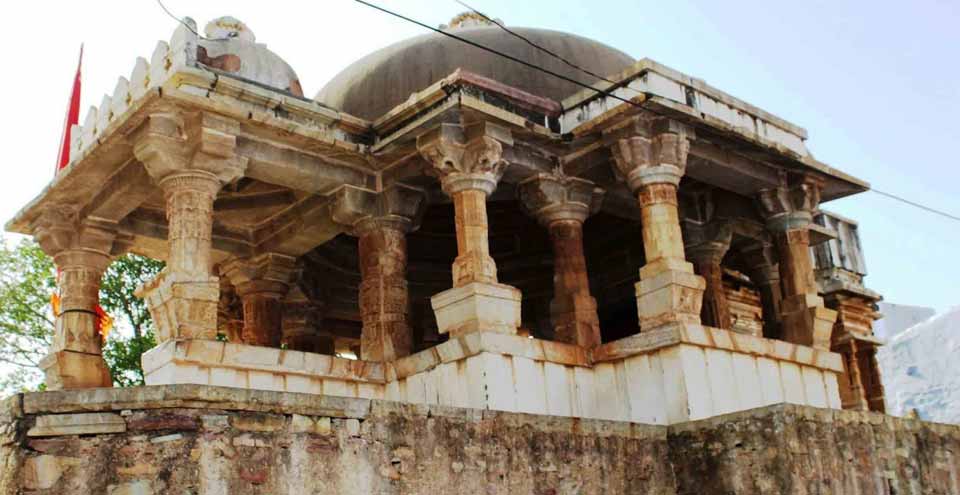
Chittorgarh is known for a number of forts and palaces with historical significance. Chittorgarh tour packages are in great demand as large numbers of tourists wish to explore of a number of attractions in the city. These tour packages comfortably take the tourists to a number of famous places in town.
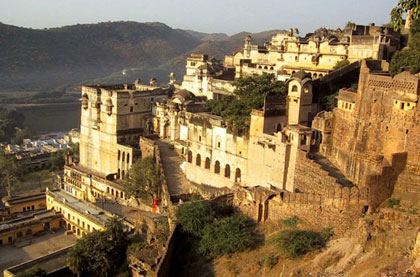
Duration : 04 Nights / 05 Days
Destination Covered : Kota - Bundi - Chittorgarh
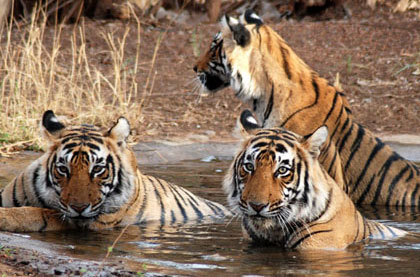
Duration : 04 Nights / 05 Days
Destination Covered : Jaipur - Ranthambore - Chittorgarh - Udaipur
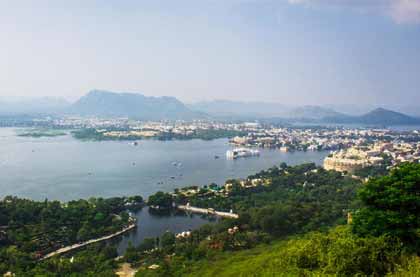
Duration : 04 Nights / 05 Days
Destination : Ranthambhore, Bundi, Chittorgarh, Udaipur, Ranakpur, Jodhpur
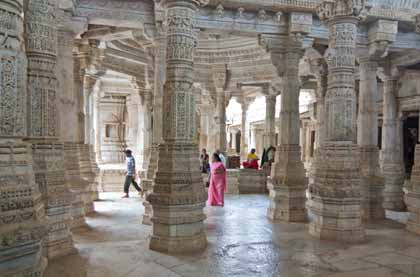
Duration : 08 Nights / 09 Days
Destination : Jaipur, Ranthambore, Chittorgarh, Udaipur, Ranakpur, Jodhpur, Jaisalmer
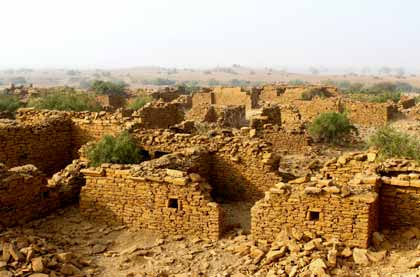
Duration : 07 Nights / 08 Days
Destination : Jaipur, Pushkar, Chittorgarh, Udaipur, Jodhpur, Jaisalmer/Desert
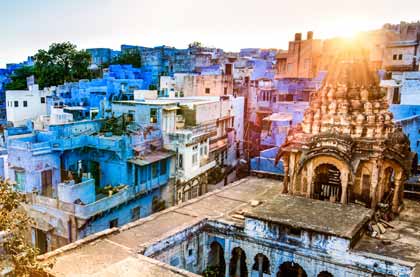
Duration : 07 Nights / 08 Days
Destination : Jaipur, Chittorgarh, Udaipur, Kumbhakgarh, Ranakpur, Jodhpur, Jaisalmer
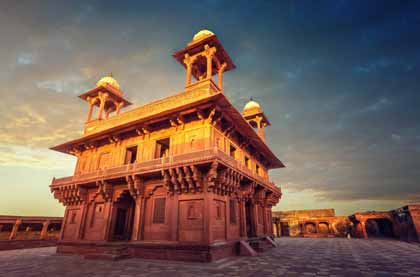
Duration : 08 Nights / 09 Days
Destination : Jodhpur, Ranakpur, Udaipur, Chittorgarh, Jaipur, Fatehpur Sikri, Agra, Delhi
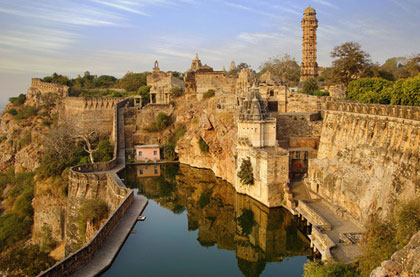
Duration : 13 Days / 12 Nights
Destination : Delhi, Mandawa, Bikaner, Jaisalmer, Jodhpur, Mountabu, Ranakpur, Udaipur, Chittorgarh, Pushkar